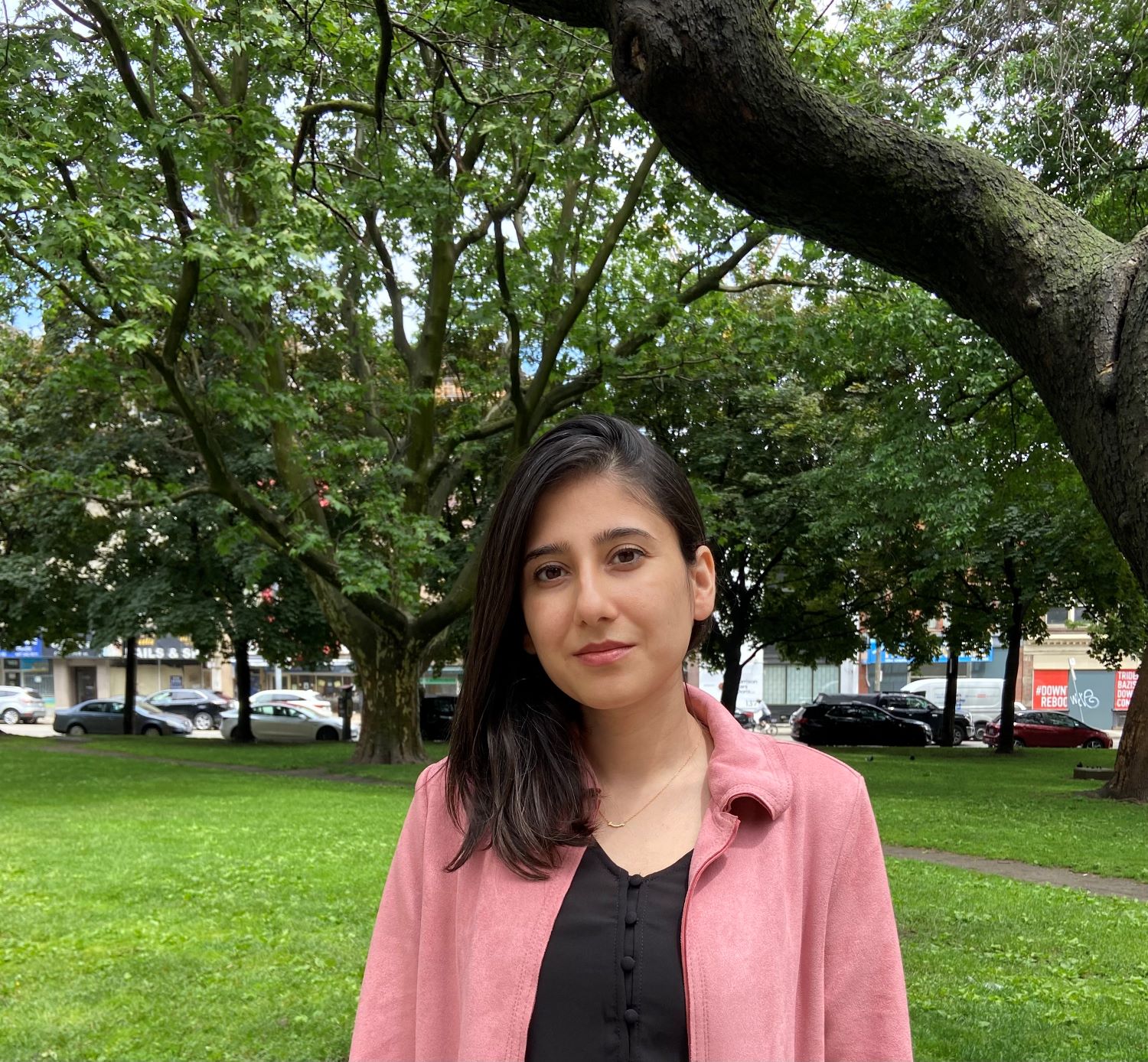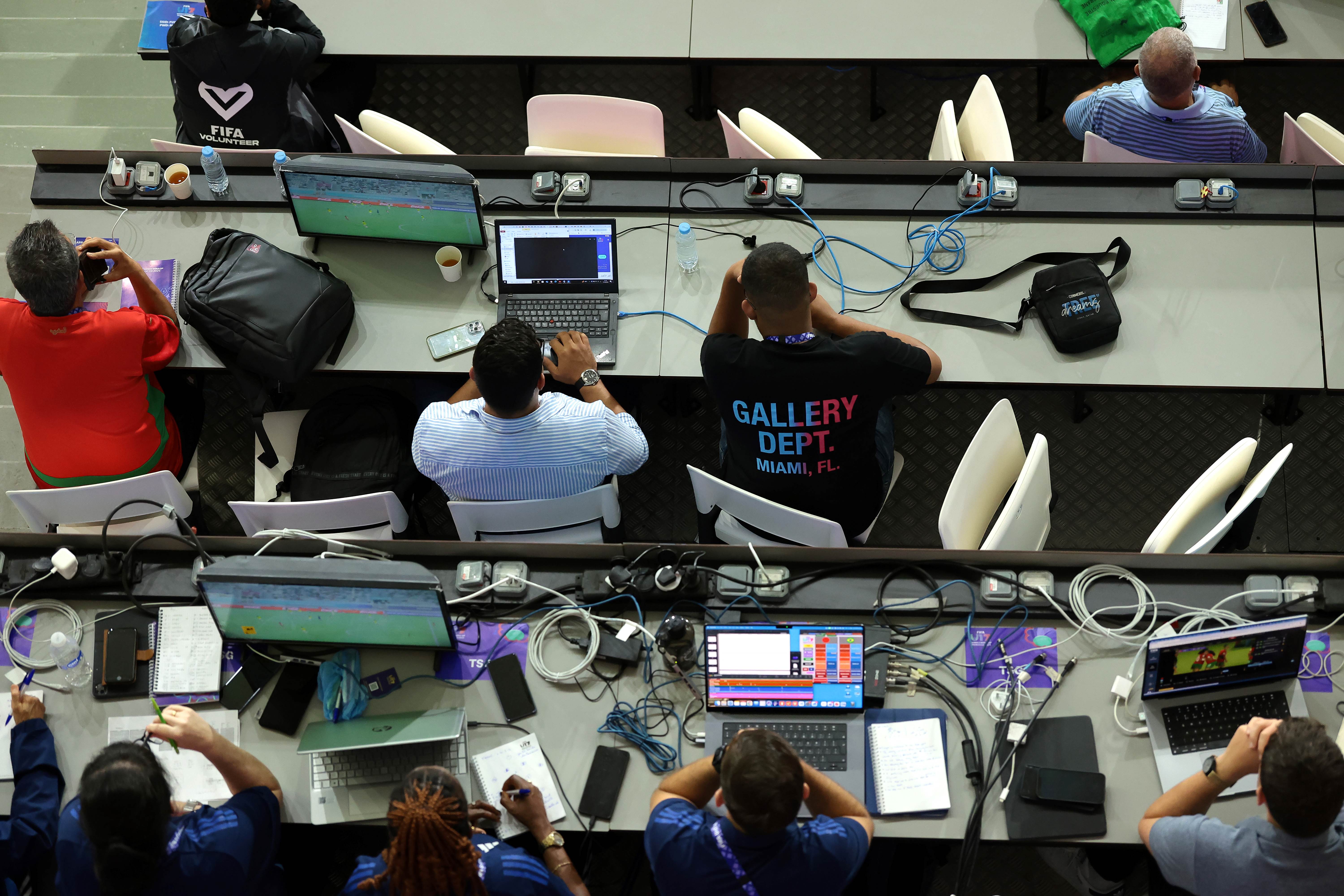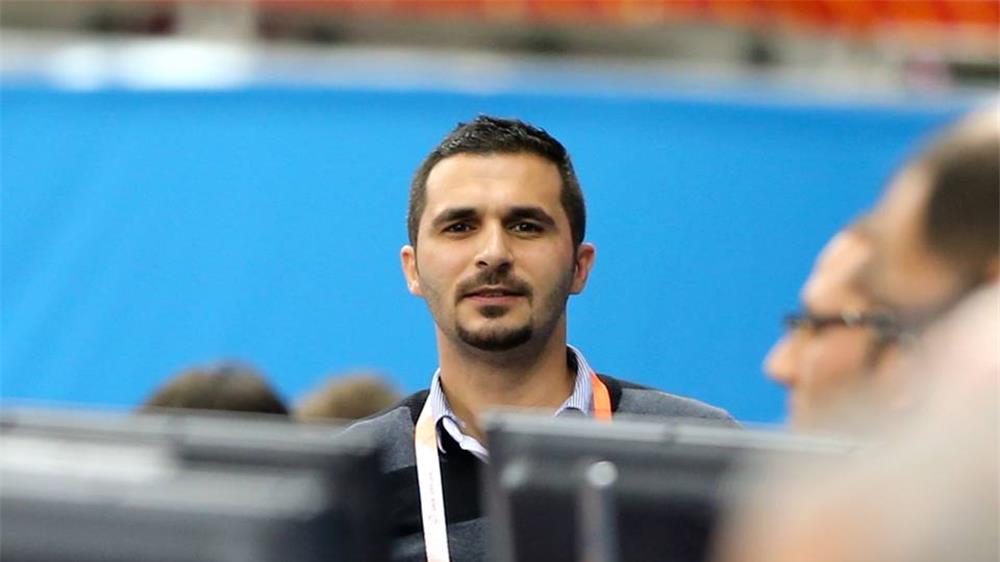Listening to stories of trauma and loss - such as those of women living in Pakistan-controlled Kashmir - is what many journalists must do to find and report the truth. The way in which we listen while setting aside preconceived notions of how victims ‘should’ behave is critical
It was a chilly winter morning in November 2015. I was sitting among 18 other women in Athmuqam, the capital of Neelum district in Pakistan-administered Kashmir. Each woman had a story to tell. Stories of loss - of loved ones, of homes, of livelihood. As a writer working with oral histories, I had gone there to document these stories, to understand the everyday experiences of living through violence beyond statist narratives and dry statistics.
Athmuqam is one of the many towns and villages sandwiched in between Indian and Pakistani army posts in Kashmir. It is estimated that there are close to 285 villages along the Line of Control (LoC) in Pakistan-administered Kashmir alone. Heavy artillery barrages and shelling across the LoC - which divides the two parts of Jammu & Kashmir, both of which continue to be claimed by India and Pakistan – has led to the bombardment of many of these towns and villages since the 1990s, barring temporary lulls brought by ceasefires.

During the 1990s, “there was fear everywhere,” one of the women told me. “The firing could begin at any time…where you are sitting, a mortar once landed there too. If we were alive at one moment, we didn’t know if we would be alive 10 minutes later.”
Memories, especially those of violence or trauma, often emerge in fragments, in utterances, in pauses, in sighs and in silences. How does one translate that onto paper?
As the Kashmir struggle against occupation gained further momentum in the late 1980s, India accused Pakistan of fuelling militancy in Kashmir and tensions on the LoC escalated. Those who could, moved to cities further away. Some men relocated to bigger cities like Muzaffarabad (the capital of Pakistan-administered Kashmir) or Lahore or Karachi to find work. But many others, especially women, children and the elderly stayed behind. Several women in the room that day told me they didn’t have the luxury of choosing to leave. Someone had to look after livestock, home and land; not everyone could relocate.
Sharing moments of pain and loss
We sat together until late afternoon that day, rounds of hot cups of tea interspersing our conversation every couple of hours, a welcome respite in the cold. From elderly grandmothers to young women who were born in the early 1990s, everyone had memories to share. Someone would start the story and others would jump in, their recollections overlapping, extending, carrying each other forth. They spoke of days spent cramped inside bunkers, without food or water, of nights spent huddled together in pitch darkness, hoping that a mortar wouldn’t come their way. They remembered how their children cried of hunger, of how not even a fire could be lit to cook for them in fear of giving away their location. And they remembered those who weren’t as fortunate as them, those who had been maimed or killed. It is estimated that 2,500 to 3,000 people lost their lives in shelling-related incidents in Neelum Valley prior to the 2003 ceasefire. Many of them were personally known to the women in the room. One of them was a 22-year-old young man, whose home I was sitting in.
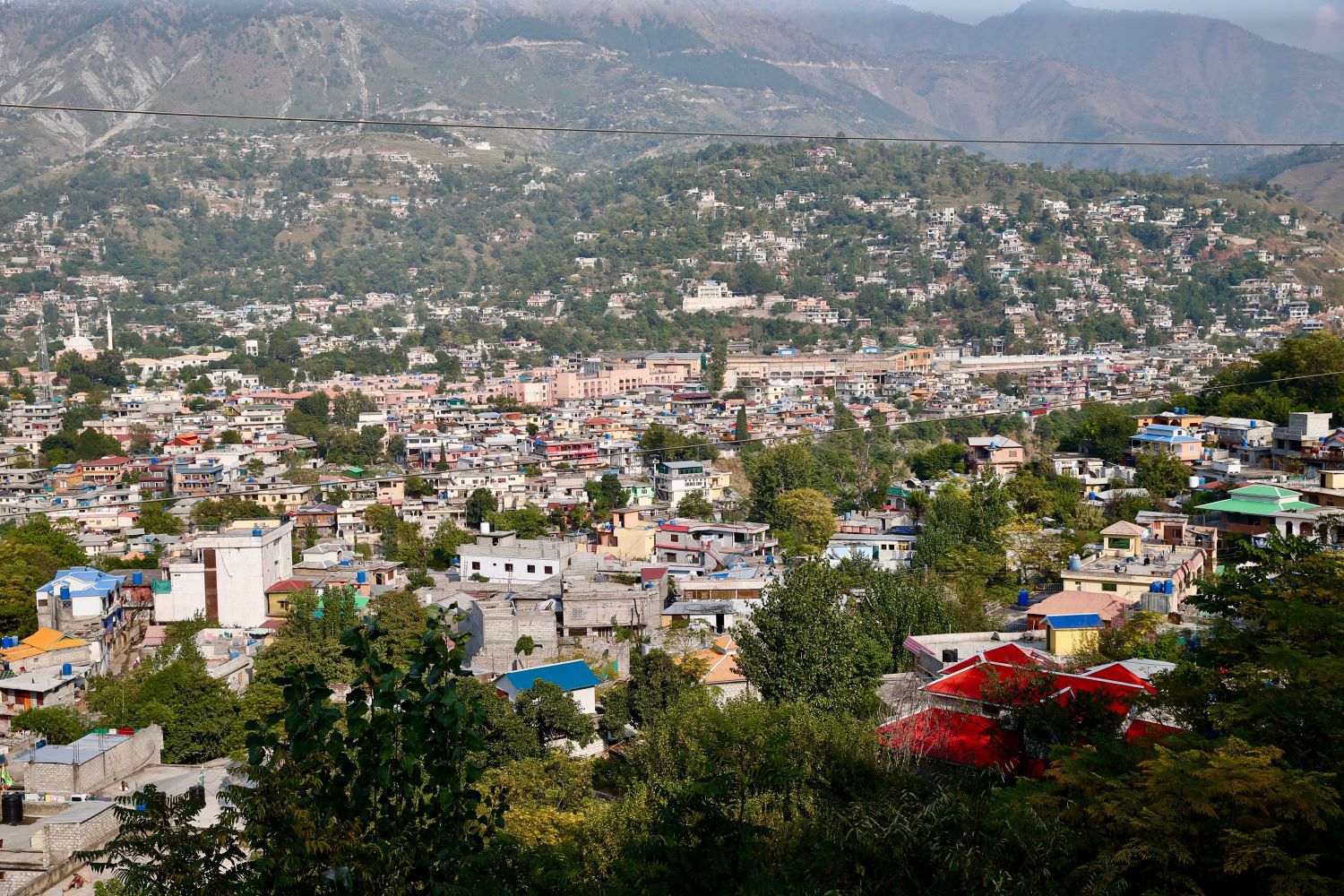
I was first told of his death by his cousin, who was a young child herself during the 1990s, soon after we had begun conversing that morning. She told me a mortar had hit him and that “there was nothing left of his body. He was like minced meat.” I was still processing this when his mother walked in, tightly holding onto a photograph of a young man. She held it up and asked me: “You see this picture? This was my son. I would have been a grandmother today were he still alive but he became a martyr. He was on the bypass going to work when a mortar shell hit him. A car raced over him right after and crushed him. I had to collect pieces of his flesh and bones in my hands so that we could bury him.”
Those who do not fit into the frame of how a story is expected to be told can be either left out, their stories invalidated, or presented in a negative light - detached, indifferent, insensitive, cold
She continued standing in front of me for a few seconds, her breathing loud, her eye contact never faltering. Then she walked to the corner of the room and sat down, and began to listen quietly as the other women spoke about her son, about their own losses.
“I had to shove some of the flesh back inside his body with my own bare hands so that we could have his funeral,” his aunty continued from the side. “There were times, though, when the firing would continue for so many days that we couldn’t even go outside and pick up the dead bodies…they would rot outside, while we mourned inside the bunkers, without any food, without any water, sometimes for days….’
The implications of telling other people’s stories
By this time in 2015, I had spent several years conducting oral history interviews with survivors of the 1947 Partition of British India. I had documented many testimonies of violence. But despite working with memories of trauma, I didn’t know how to respond. How does one respond? And how does one write about such experiences? As a writer, as a storyteller, these are questions I find myself asking more and more over the years. What are the implications of reporters, journalists or oral historians telling other people’s stories and how do we ensure that the ways in which we ask questions and document and share these stories are both sensitive and ethical?
We must ask - where do these images, these expectations of how people must have acted, should have acted, come from and how connected or disconnected are they from people’s actual lived experiences?
Elaine Scarry, in her influential book, The Body in Pain: The Making and Unmaking of the World, emphasises that intense pain is language destroying but she also argues that it is essential to be able to express pain, that the denial of pain once it has been inflicted only adds to the power of the torturer. Thus, while violence and pain can annihilate language, in that there may be no words that can capture one’s experience, being able to speak, to share, to express can also be reparative.
Survivor testimonies, oral histories and interviews can play an instrumental role in creating a space for sharing, validating and perhaps even healing. However, the ways in which people may choose to share - or at times not share - are varied and nuanced. Memories, especially those of violence or trauma, often emerge in fragments, in utterances, in pauses, in sighs, and in silences. How does one translate that onto the paper? How should we as writers reconcile the fact that writing often requires a narrative construction that is coherent, linear, even digestible, in which the violence is given a cause, an origin, an explanation, often so at odds with the chaotic, uprooting, senseless experience of the narrator? And how does the need to create this linear narrative shape how and what questions we ask in the first place?
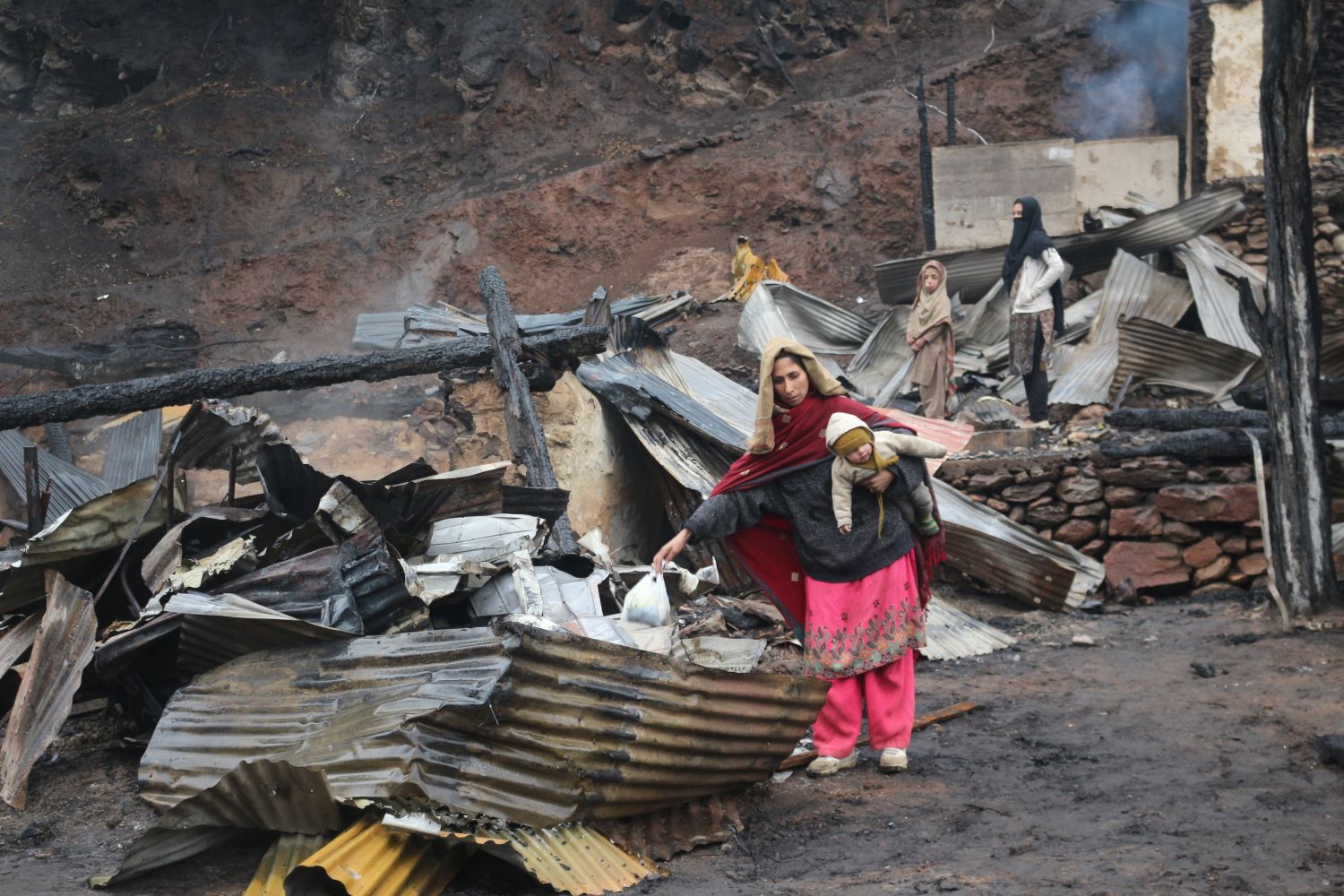
The 'truth' about trauma
Apart from some cases where writers are already present as violence unfolds, most stories are documented after the violent “event” itself. But rarely do writers go in with a clean slate. Homogenous images of what suffering or trauma looks like, circulated in popular media, influence preconceived notions and expectations of what violence does to people, and in turn, shapes the stories we anticipate, the “truths” we give primacy to. But these homogeneous, packaged images are often divorced from reality.
There is no uniform way of experiencing or narrating trauma, and the story we may think is important to tell as writers, may not be the story survivors are interested in telling
There is no uniform way of experiencing or narrating trauma, and the story we may think is important to tell as writers, may not be the story survivors are interested in telling. While indeed, sharing can feel therapeutic for some, others hold onto memories that they cannot, do not, want to share. Pushing for a story, and that too a particular type of story that corresponds with our expectations of how victims are meant to look and express, not only raises serious ethical considerations but can also be dangerous. Those who do not fit into the frame of how a story is expected to be told can be either left out, their stories delegitimised and invalidated, or presented in a negative light - detached, indifferent, insensitive, cold.
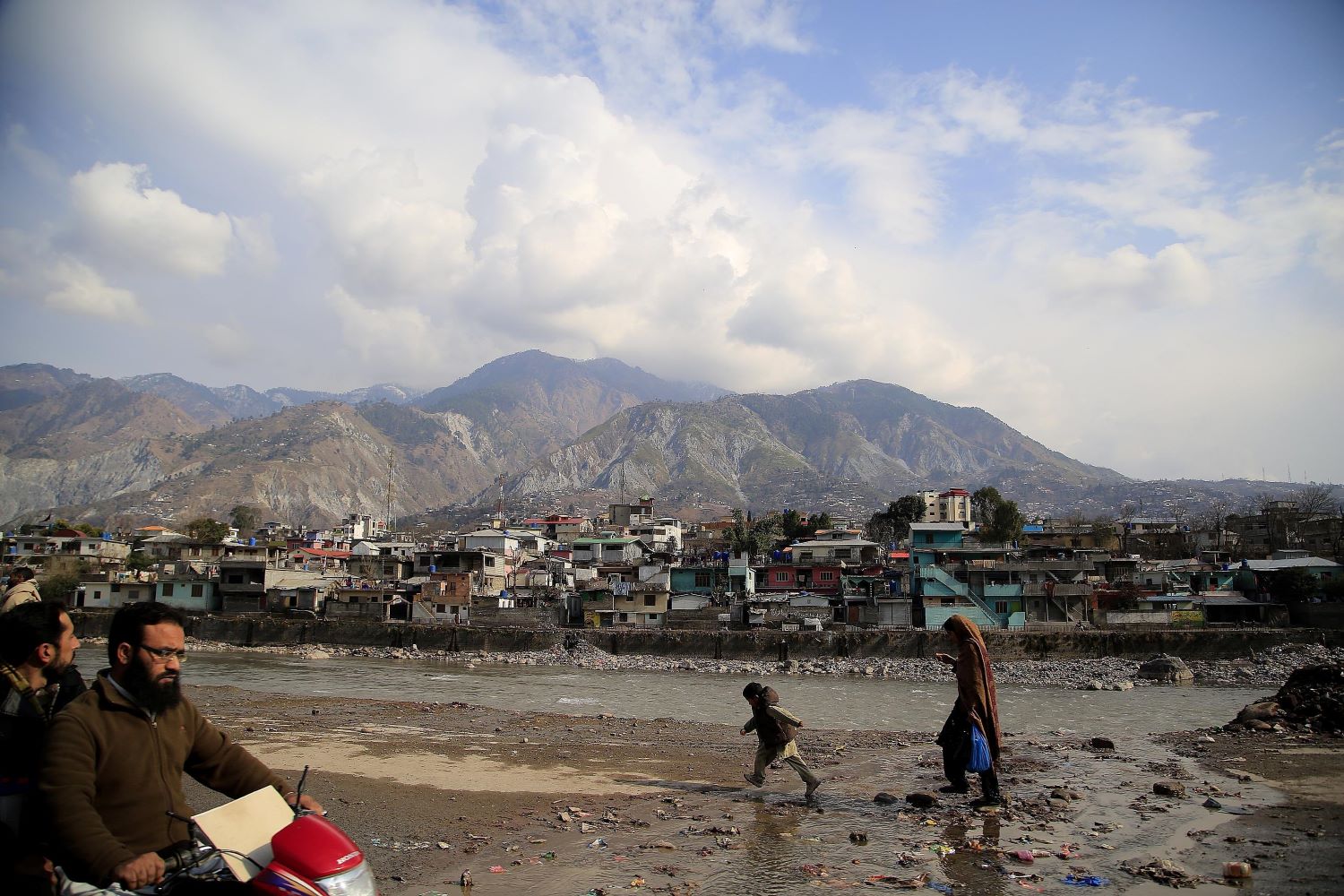
During a lull in firing, one of the women I met in Kashmir, told me she had come out to bathe her six-month-old baby son before leaving him to nap on the verandah while she completed household chores. “We were hearing that there was peace - aman - like there is right now.” She was still on the other side of the house cleaning, when the shelling suddenly and unexpectedly resumed. She ran to the bunker to save her life, but wasn’t able to rescue her son. He kicked and screamed outside, awoken by the loud bursts of fire. It was only an hour later, when the firing changed its direction that she was able to rush to him. She did not know if he would survive. When I submitted this, among other stories to my editor, he commented that he worried the narratives didn’t read as authentic and credible. Was it possible that a mother left a son outside? It was a little difficult to believe, he said.
Shedding preconceived notions of trauma
Our notions of motherhood, sacrifice, trauma, and protection, are influenced by the images we see. The expectation that a caring mother, a loving mother, a good mother would at all costs save her child before herself makes the story of this mother odd, unbelievable, inauthentic. It makes the mother and her motherhood questionable, selfish, indigestible. But we must ask, where do these images, these expectations of how people must have acted, should have acted come from and how connected or disconnected are they from people’s actual lived experiences? What does it mean to live in a conflict zone, in the middle of heavy shelling, where you don’t know if you or your loved ones are going to be alive the next moment? What does it mean to know, in that moment, that you wouldn’t survive if you ran to the other side of the house to rescue your child, to know that you both might be killed, to know that your only option is to hide and hope against hope that your child is not sliced by a splinter?

People may or may not react, respond, or share in ways that match our expectations. Trauma responses are embodied, are varied, they manifest in different ways, at different times. There is no one way to remember or tell a story of the violent event after the event. For people who have endured the violence or trauma, the event is not static, one that is left behind. It is often a constant unfolding, an ongoing process.
People may or may not react, respond, or share in ways that match our expectations. Trauma responses are embodied, are varied, they manifest in different ways, at different times
Regardless of how much time may have passed between their experience and the sharing of it with oral historians, writers, journalists, the wounds can come forth in nuanced ways. It is important to tell the story, if they want the story to be told. But it is also as important to tell it in a way that is reflective of their reality, no matter how that might disrupt our expectations of that reality. There is at times, no coherence, no linear narrative. There are only fragments, pauses, silences. We must listen then to not only what is being said, to the words, but also to the non-verbal, to the unsayable. The story cannot be neatly packaged into a pre-existing mould.
A moment of someone else’s pain
Back in the room in Neelum Valley that winter morning, the mother of the 22-year-old Kashmiri man who was killed, left the room for a while, only to bring back another photo of her son. She brought it close to me again and said, “Look at him. What did he do to deserve death? He was only 22, only 22.” A young clean-shaven boy in a blue shirt stared back at me and I instantly felt like throwing up as I imagined his body, crushed into pieces of bone and flesh. I looked at her, my eyes welled up, while she looked back me, her eyes dry and her face taut. Our eyes continued to linger on each other for a few minutes. She said nothing more. Then she slowly removed the picture and walked out of the room. I didn’t know if she would return. But 10 minutes later, she was back, with hot cups of tea and cake.
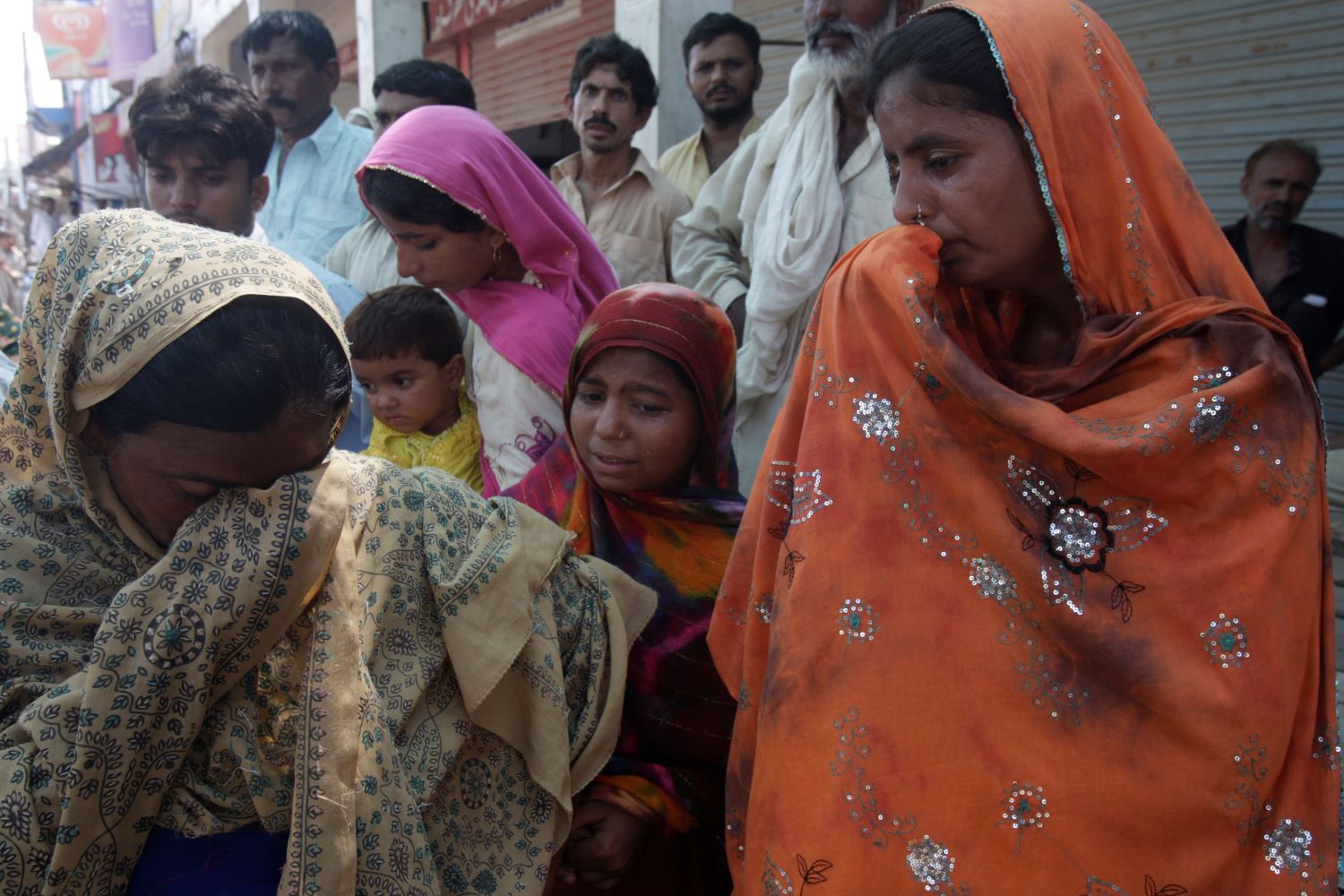
We sat there eating, conversing, even laughing over lighter conversation. Her telling of her trauma, of what she had endured, emerged throughout that day in material memory, in the photographs of her son, in silences, in utterances, disrupting the homogenised image of what suffering, of what victimhood, of what mourning is supposed to look like.
Before I left her house that day, she held my arm and asked me to come see one of the bunkers with her. “I want to see how long you can stay in one,” she said. I hesitatingly agreed as she led me over a rocky path, my hand clasped firmly in hers. We walked into a small dark room, of about seven by 13 feet. She shut the door behind us and instantly, there was no light, no air and a wave of suffocation washed over me. She continued to hold my hand and in the pitch dark, she asked: “Imagine growing up in here. What would that do to you?”
She had lived through 15 years of war. She wanted me to experience what a moment of that felt like, a moment no words could adequately capture or explain, despite the hours we spent conversing that day. This was her lived reality, it wasn’t a story, an event, that she could share and move on from. For her, there was no letting go.
